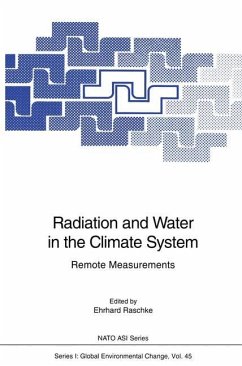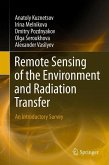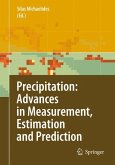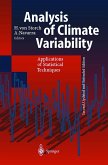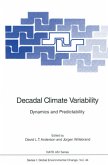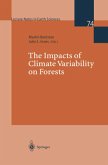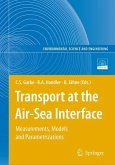The science of the earth's climate requires reliable global data sets to validate numerical simulation models and to identify regional and global fluctuations and trends. This book presents ways to derive such data from space-borne and ground-based passive and active measurements in the entire electromagnetic spectrum. Both descriptions of the basics of such methods and the most recent advancements are included. The book spans the field from clouds and the planetary radiation budget down to surface processes and ocean properties. Extensive reference lists enable readers to penetrate deeper into each subject.
The search for an accurate knowledge of the transfer of energy and water in our climate system and of all participating processes is still a burning issue within environmental and climate research. More reliable ways should be found to model them in their complex interplay with cascades of processes in that system, and their impact on all our resources on earth. Such modelling needs also validation with accurate and complete observations which in turn should also enable to observe variations of climate components. These are the goals of the Global Energy and Water Experiment (GEWEX), which began its work about 8 years ago. Many advanced remote sensing capabilities have now been developed, of which only a few will enter into satellite based platforms. These new developments should be brought to the attention of a broader community of younger scientists, in particular of those countries which quite recently could open their borders for free exchanges.
The search for an accurate knowledge of the transfer of energy and water in our climate system and of all participating processes is still a burning issue within environmental and climate research. More reliable ways should be found to model them in their complex interplay with cascades of processes in that system, and their impact on all our resources on earth. Such modelling needs also validation with accurate and complete observations which in turn should also enable to observe variations of climate components. These are the goals of the Global Energy and Water Experiment (GEWEX), which began its work about 8 years ago. Many advanced remote sensing capabilities have now been developed, of which only a few will enter into satellite based platforms. These new developments should be brought to the attention of a broader community of younger scientists, in particular of those countries which quite recently could open their borders for free exchanges.

